Bangkok on the Chau Phraya River
The capital of the Asian country of Thailand

The capital of Thailand, Bangkok is a sprawling metropolis with many decorative shrines and a vibrant street life. The Chao Phraya River has a network of channels and is full of boats. You can take a cruise on the river and see many interesting places such as the Grand Palace.

Chatuchak Weekend Market is one of the largest markets in the world where you can buy almost everything from vintage sneakers to baby squirrels. In order to get to see it all plan on spending a whole day here. There is an information center and you’ll find schematic maps and toilets all through the market as well as ATMs. On Fridays, there are vendors who sell clothing and food at nighttime from 8 PM to midnight. One section, the Or Tor Kor Market sells wonderful fruit and seafood and has a good food court.
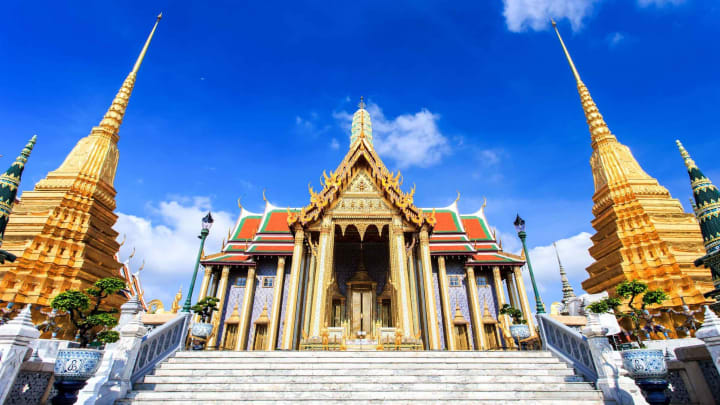
Incredible and colorful is Wat Phra Kaew or the Temple of the Emerald Buddha. This has the most impressive architecture and the temple complex is also the spiritual core of Thai Buddhism and the monarchy.
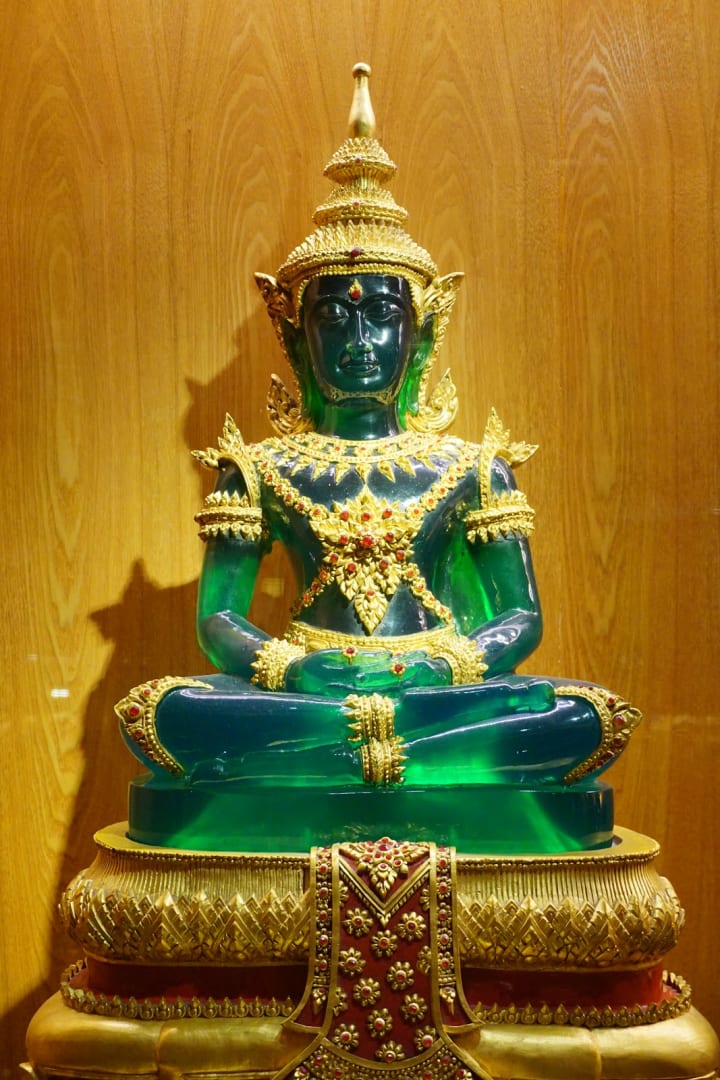
The primary attraction is the Emerald Buddha sitting in the decorative ordination hall.
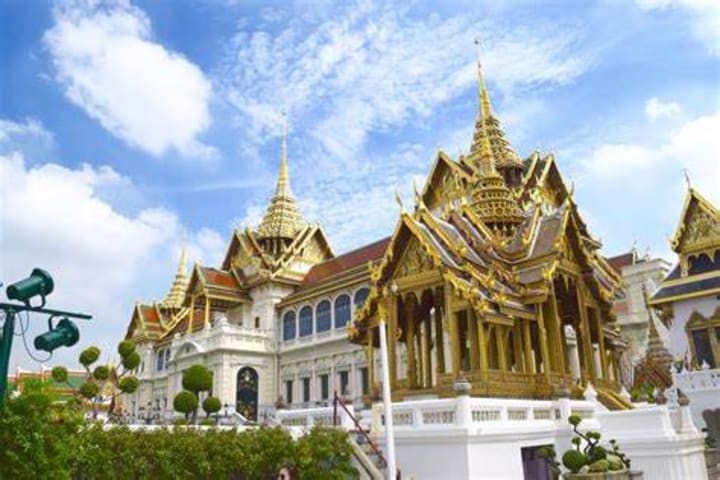
Attached to the temple complex is the former royal residence The Grand Palace, which was once a sealed city of intricate ritual and social stratification. Today this has become one of Bangkok’s biggest tourist attractions and a pilgrimage destination for devout Buddhists and nationalists. The temple complex stretches for 94.5 hectares and has over 100 buildings.

Dusit Palace Park counts as royal property so visitors should be casual but properly dressed in shirts with sleeves, long pants, or long skirts. Here you can see all of the royal residences that visitors can view.

Near the Th U Thong Nai entrance, you’ll find two large stables that once were home to three white elephants. These structures are now the Royal Thai Elephant Museum. One structure displays artifacts and photos, showing the importance of elephants in Thai history. The second stable has a life-sized model of the king’s first royal white elephant that is draped in royal vestments. This statue is treated as a shrine by the visiting Thai public.
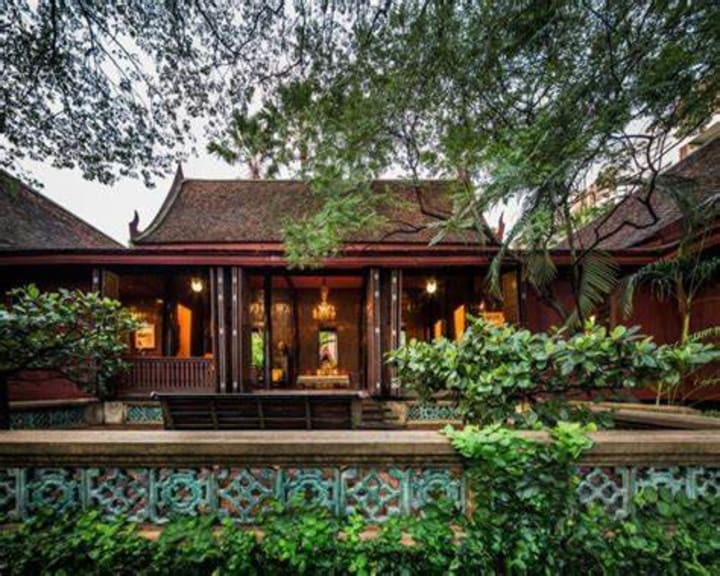
Jim Thompson House resembles a jungle compound and was the former home of the eponymous American silk entrepreneur and art collector, who was born in Delaware in 1906. After WWII he settled in Bangkok. He noticed the handmade silk that his neighbor had and sent samples to fashion houses in Milan, London, and Paris soon building a worldwide clientele. Strangely this man disappeared in the Cameron Highlands of western Malaysia in 1967 and the mystery has never been solved. This same year his sister was murdered in the U.S.A. It is advised to be careful of well-dressed scammers who’ll tell you that the Thompson house is closed and try to drag you on a buying spree.
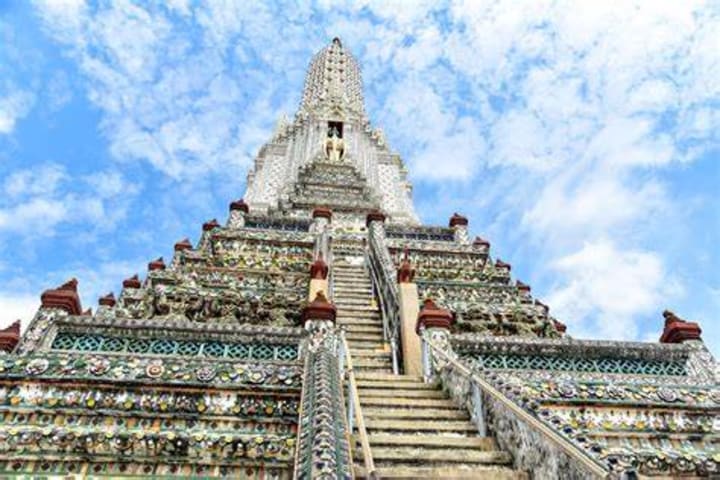
Wat Arun Temple was renamed after the Indian god of dawn, Aruna, and in honor of the literal and symbolic founding of a new Ayuthaya. The temple was closed until 2016 for renovations. Visitors can enter the compound but are not allowed to climb the tower. The tower was built in Khmer style and rises 82m high.
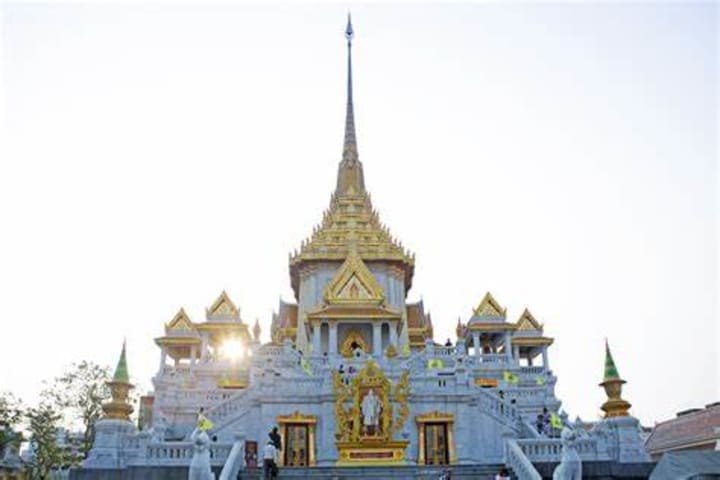
At Wat Traimit you can see an impressive 3m tall, 5.5 ton, solid-gold Buddha image. It was sculpted in the graceful Sukkothal style and was discovered some 40 years ago. The statue now is housed in the new four-story structure. The second floor offers the Phra Buddha Maha Suwanna Patimakorn Exhibition, telling the story of how the statue was made, discovered, and arrived at its current home. The third floor is home to the Yaowarat Chinatown Heritage Center, a small museum with multimedia exhibits on the history of Bangkok’s Chinatown and its residents.
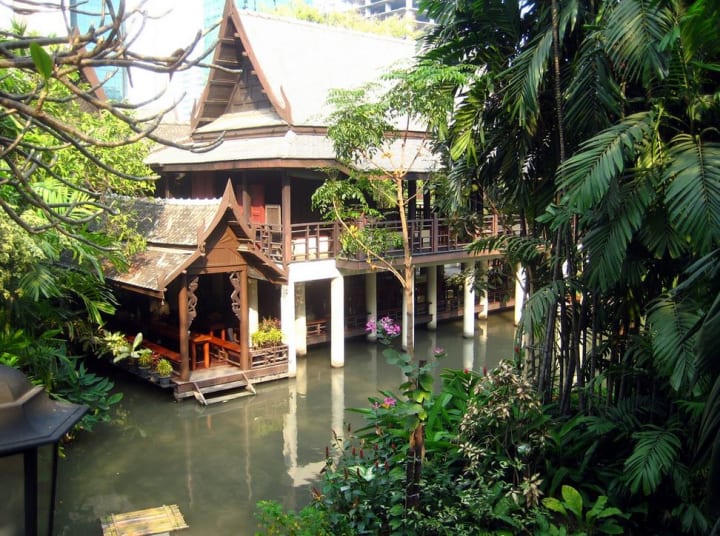
Suan Pakkard Palace Museum is a collection of eight traditional wooden Thai houses that once were the residences of Princess Chumbon of Nakhon Sawan. Before that, it was a lettuce farm and that is how it got its name – suan pakkad means “cabbage patch”. In the buildings, you’ll find displays of art, antiques, and furnishings. Of beauty are the landscaped grounds with ducks, swans, and a semi-enclosed garden.
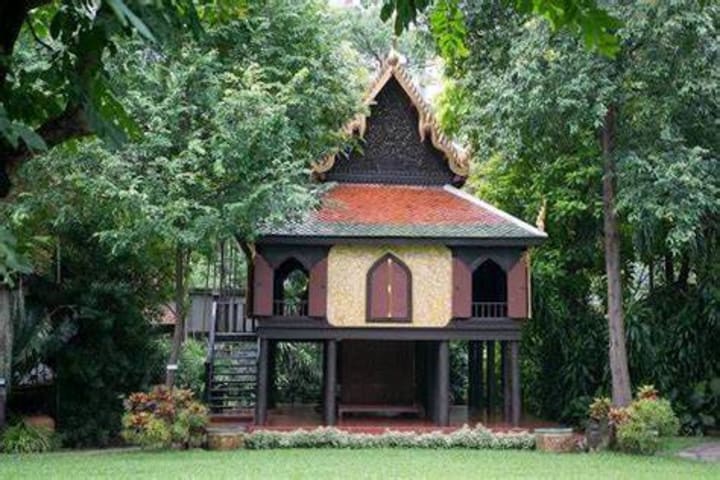
At the back of the complex is Laquer Pavilion, dating from the Ayuthaya period and featuring gold-leaf Jataka and Ramayana murals as well as scenes from daily Ayuthaya life. In the larger residential buildings at the front of the complex are displays of Khumer-style Hindu and Buddhist art, Ban Chiang ceramics, and a fascinating collection of historic Buddhas, including a lovely late U Thong-style image.
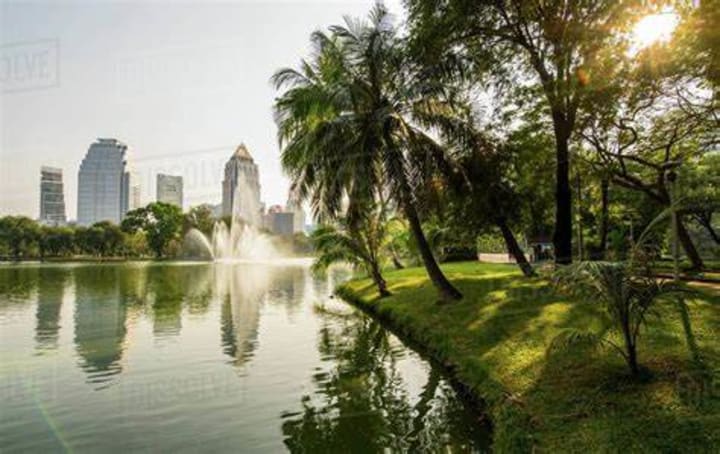
Lumpini Park was named after Buddha’s place of birth in Nepal. The park is great for rest and relaxation with shady paths, a large artificial lake, and lawns. People can paddle boat, kids can play in the playgrounds, and enormous monitor lizards to delight everyone. In the evenings when temperatures are cooler - aerobic classes take place in the park.
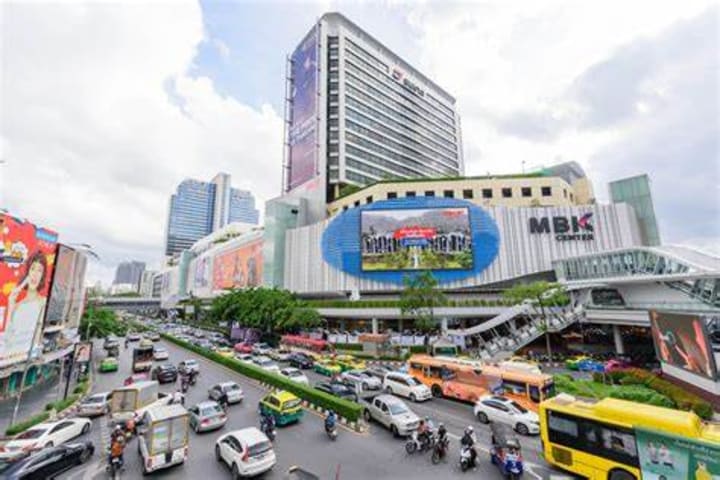
You’ll be amazed at the huge shopping mall MBK, which underwent renovation in 2015. There are eight floors full of all kinds of merchandise. It is the cheapest place in the city to buy mobile phones and accessories, one of the better places to purchase camera gear, and has one of the best food courts.

Khao Din or Dusit Zoo is an animal park with different facilities like an animal hospital, zoo museum, and educational center, sightseeing train, activities ground, and canteen. It is home to some 1,600 domestic and international animals, among them albino barking deer and white Bengal tigers. The zoo covers an area of 188,800 sqm and was Thailand’s very first zoo. The zoo is located in Bangkok’s administrative center.
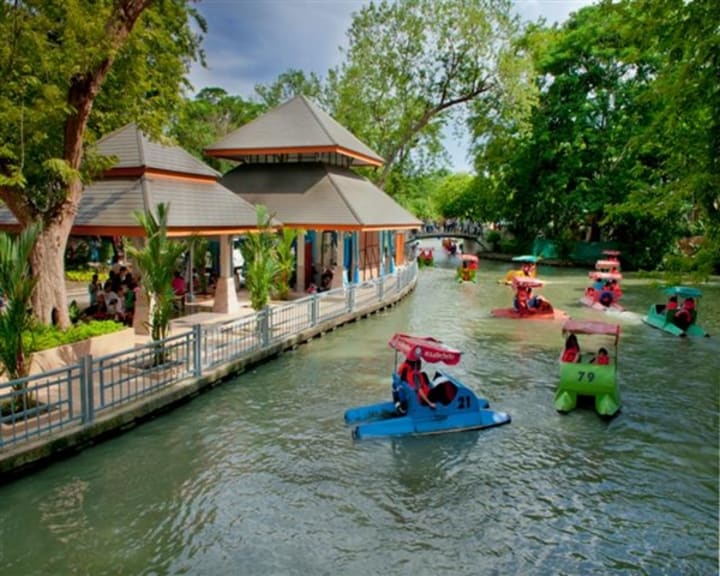
There is also a lake upon which you can hire a paddleboat and feed the fish. Near the hippopotamus habitat is a WW II underground shelter, for those interested in a bit of Thailand’s history.
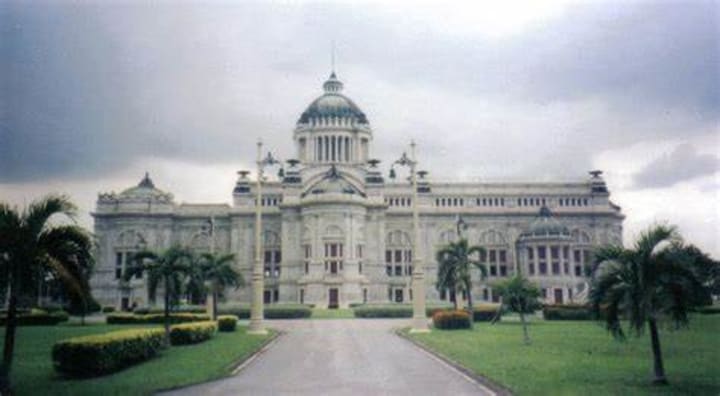
Ananta Samakhom Throne Hall is the centerpiece of Bangkok’s own Champs Elysees. The lovely two-story white marble palace stands at the end of Dusit’s long, wide Royal Plaza. The leafy ceremonial boulevard is where regal pomp and ceremony happen during royal celebrations. The palace was built in neo-Classical Renaissance architecture. It housed the first Thai parliament, but today it’s used for visiting dignitaries, to hold state council meetings, and for royal occasions.
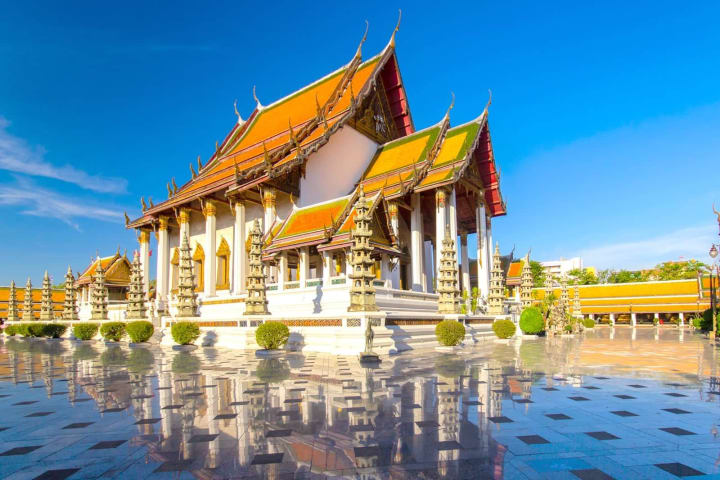
Wat Suthat Temple is best known for the towering red Giant Swing, standing at the entrance. This is one of the oldest and most impressive temples in Bangkok. It features an elegant chapel with a sweeping roof, wondrous wall murals, and intricate hand-carved teakwood door panels. The cloistered courtyard, surrounding the main chapel has 156 Buddha images along the outer walls and four entry gates each intricately hand-carved.
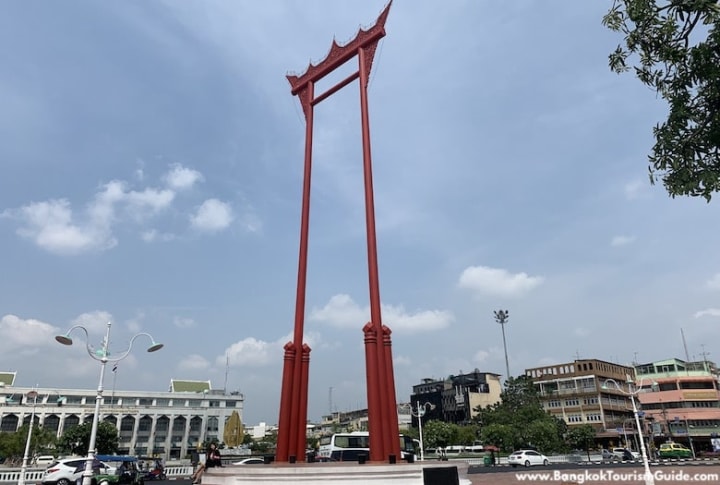
The Giant Swing stands at a towering 21.15 meters high. It has two red pillars and an elaborately carved crossbar. The original dates back to 1784 and was replaced in 2004. The new one was designed out of golden teak. Ages ago during the Brahmin “Thanksgiving” ceremony celebrated each year after the main rice harvest in mid-December, young men would swing high up in the air, suspended 24 meters from the ground in full swing, and attempt to grab a bag of silver coins with their teeth. The Giant Swing continues to attract both worshippers and tourists.
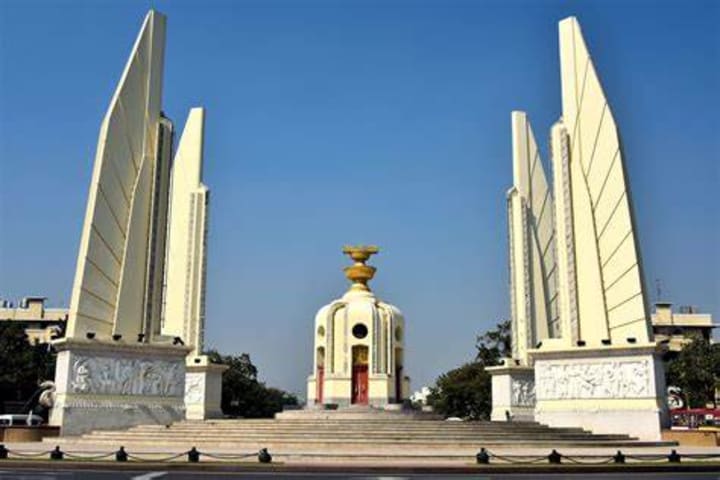
The grand, European-style boulevard Th Ratchadamnoen Klang is the location of the Democracy Monument. The monument was erected to commemorate Thailand’s transformation from absolute to constitutional monarchy. It is the creation of Thai Architect Mew Aphaiwong and the relief sculptures were created by Italian Corrado Feroci, who as Silpa Bhirasri, gives his name to Silpakorn University. Around the base are 75 cannonballs, signifying the year BE (Buddhist Era) 2475 (AD 1932). The four wings of the monument stand 24 meters high, representing June 24, the day the constitution was signed. The central plinth stands 3 meters high (at that time June was the third month in the Thai calendar) and supports a chiseled constitution.
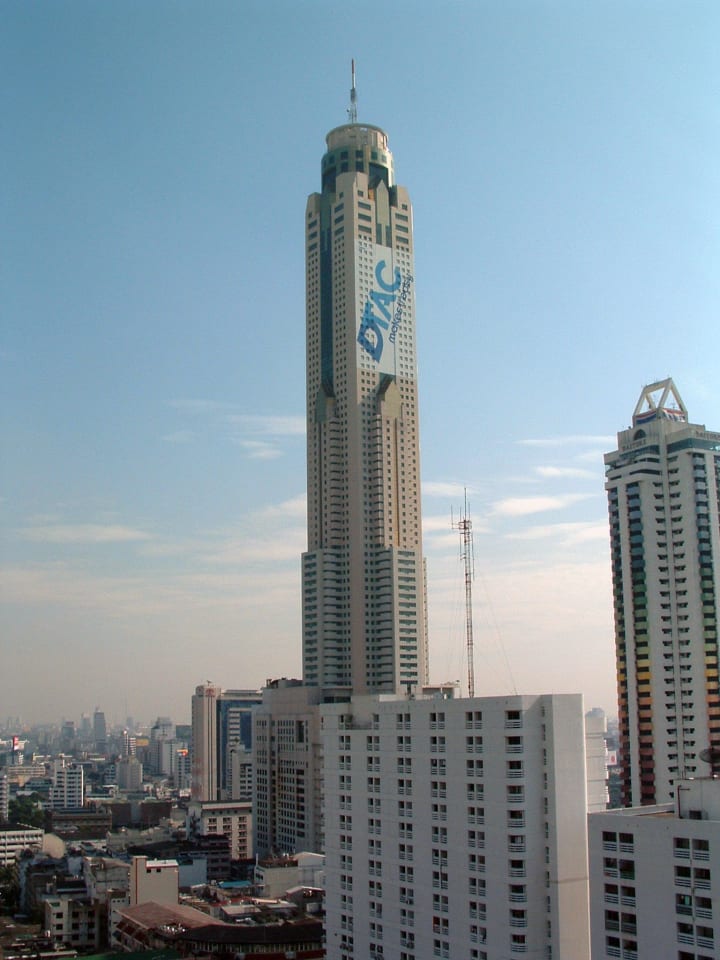
Bangkok’s tallest building is Baiyoke Tower II. It will be shadowed by a taller “super tower” said to be finished in 2016. You ascend through a corridor that depicts aliens and planets to the music of the Star Wars’ theme song finally emerging at the 84th floor where an open-air revolving platform offers awesome views over the city.
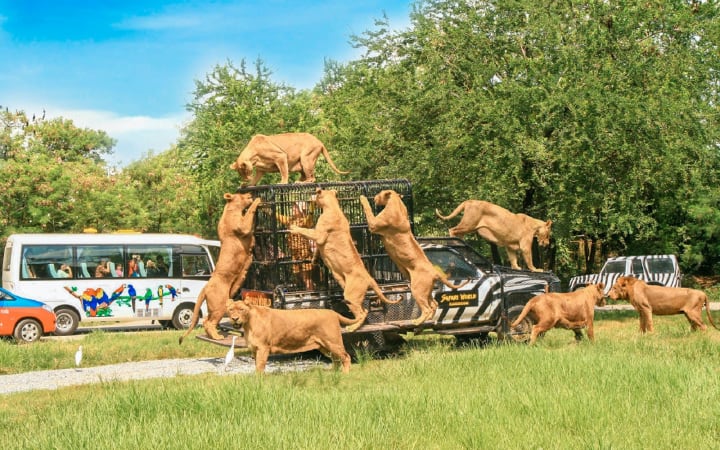
The open-air Safari Park is a very impressive eight kilometers long, where animals roam free. It is home to many species of herbivores: zebras, camels, antelopes, gazelles, rhinos, and an amazing amount of large birds: ostriches, pelicans, cranes, and nightmarish marabou storks. As you drive through, you can stop your car as you please to admire this large display of animals just make sure you drive slowly, don't feed the animals, and don't honk or make loud noises. You can even open your windows as long as you don't step out of the vehicle. There is an astonishing amount of giraffes gracefully walking around the feeding area, supposedly the largest herd in the world.
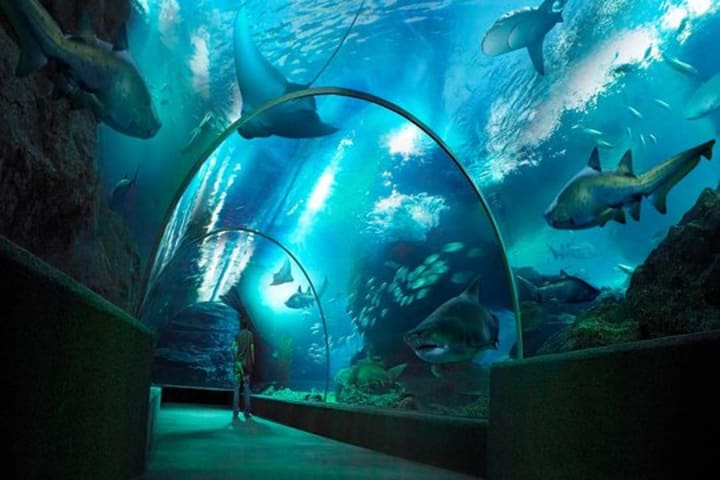
Marine World is more of a traditional kind of zoo with a giant theme park and animal performances. One of the most popular, being the dolphin show. There is also Egg World, Thailand’s only egg discovery center.
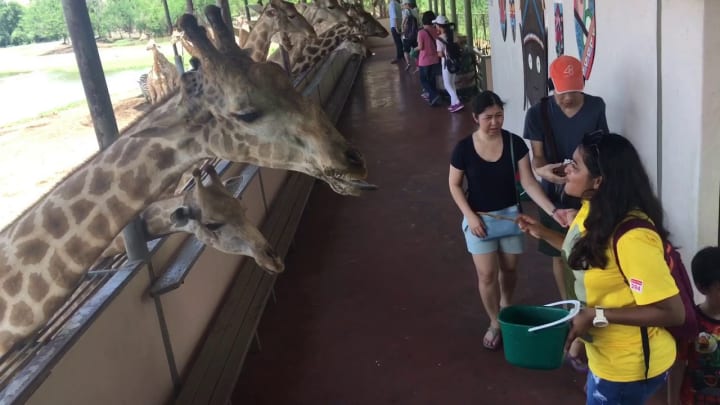
The best attraction is the giraffe feeding platform where you can feed these friendly creatures bananas and get a lick from their long, black tongues.
About the Creator
Rasma Raisters
My passions are writing and creating poetry. I write for several sites online and have four themed blogs on Wordpress. Please follow me on Twitter.






Comments
There are no comments for this story
Be the first to respond and start the conversation.